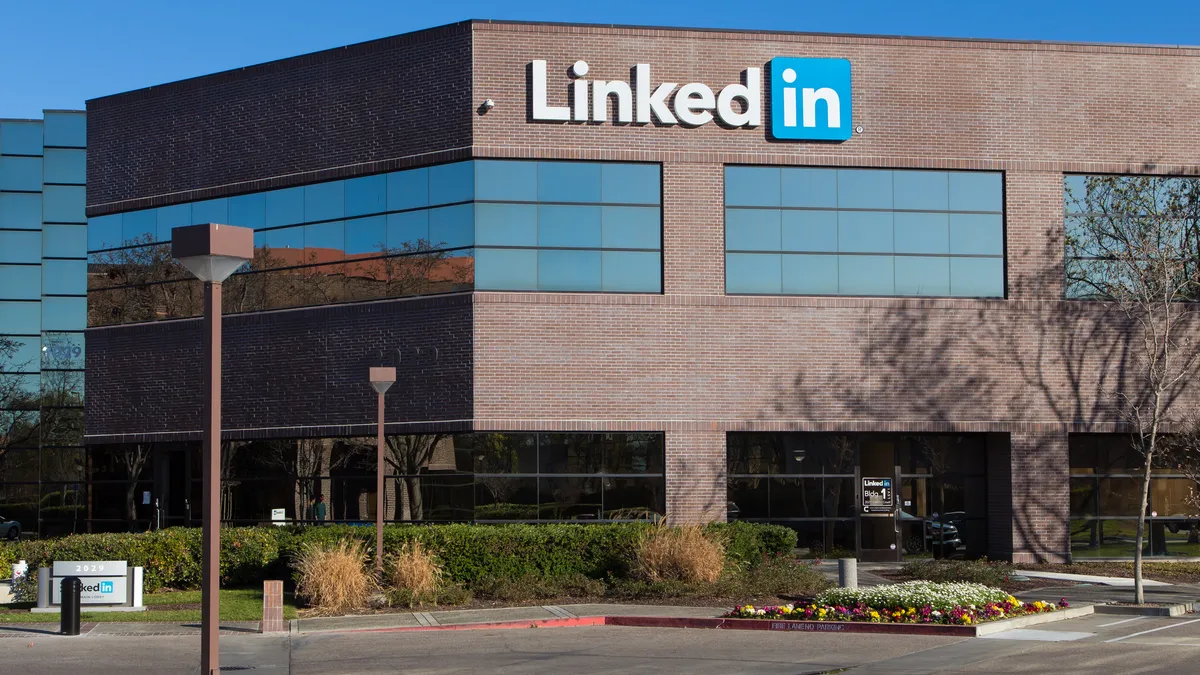Dive Brief:
- Employees are much more likely to participate in learning programs if their managers are on board with the idea, according to a new LinkedIn report. This means that for learning leaders, manager buy-in is critical.
- To achieve this, learning and development professionals can encourage managers to create individual learning plans and incorporate learning resources as part of existing routines with their employees, for example within regular one-on-one discussions or annual performance reviews, according to LinkedIn and its new playbook, published by LinkedIn Learning.
- Other obstacles to learning include getting executive buy-in, a lack of knowledge about modern learning strategies and difficulty defining the value of learning.
Dive Insight:
Manager buy-in is key to various HR initiatives, from managing massive workplace changes to avoiding legal violations. Now it seems that creating a "culture of learning" relies on such support, too. When managers take the time to encourage employees to learn or to mentor other employees, this creates a learning culture, John Baldino, CEO of Humareso, previously told HR Dive.
One of the other obstacles noted in LinkedIn's report, defining value, is another often-cited hurdle for learning professionals. Such leaders have long faced pressure from the top of organizations to produce training that provides a strong rate of return. But in many ways, this can be a faulty way to look at learning because it depends on the ability of each individual to grasp new concepts and then apply them to their work. Knowledge is not merely measured by regurgitating information to pass an assessment.
This conflict in mindset about learning is why many learning leaders continue to face resistance from above, despite its obvious recruitment and retention benefits for younger candidates looking for work experiences that include learning opportunities. To remedy that disconnect, employers will have to redefine "success" in their learning programs.














